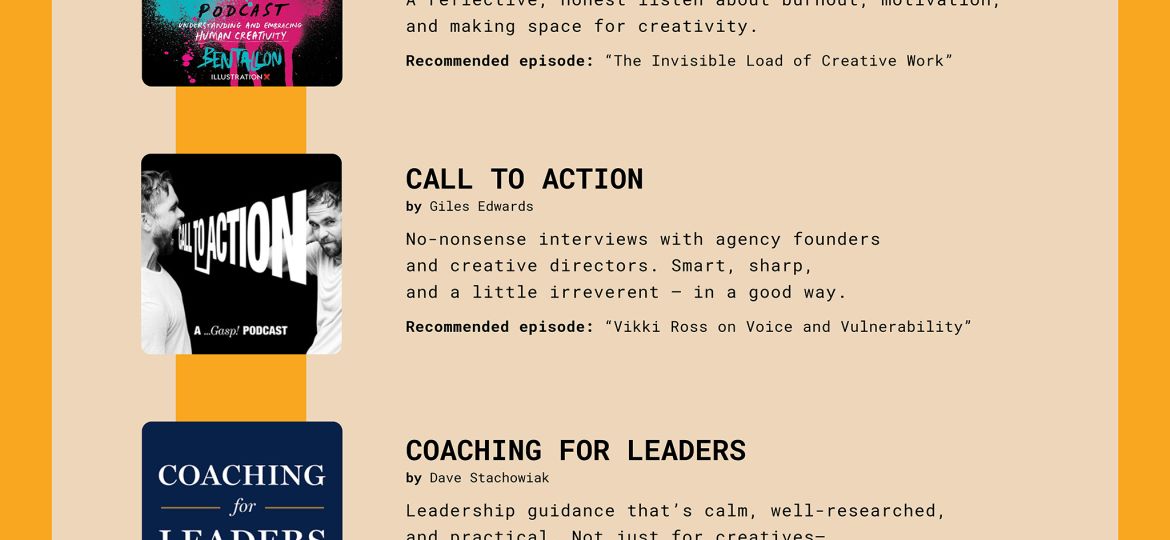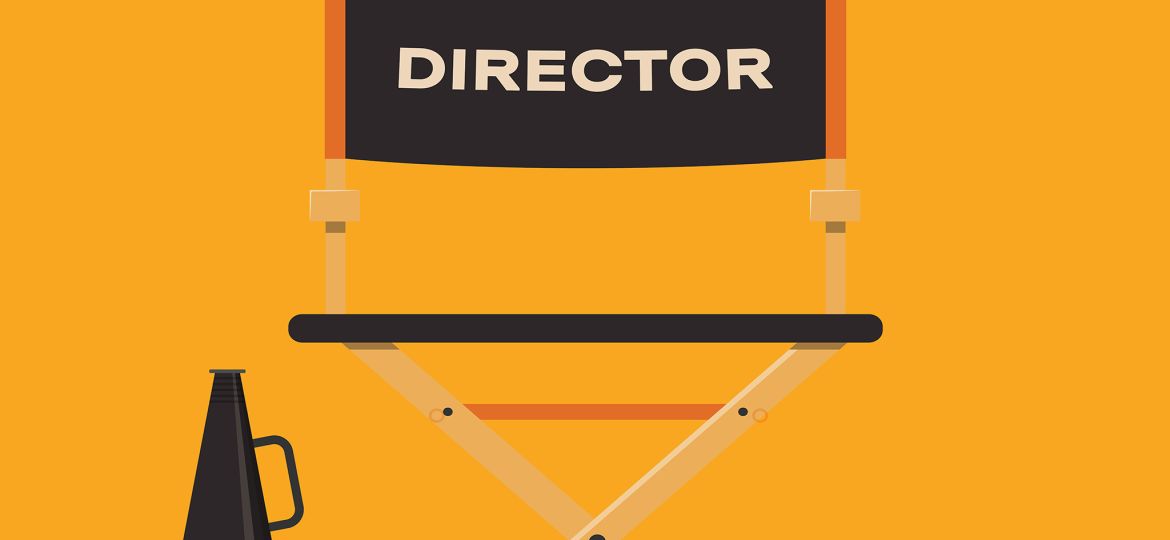As you explore Agile's principles, you may wonder how other frameworks, like Design Thinking, fit into this process. Design Thinking isn’t just compatible with Agile—it can enhance it. While Agile focuses on iterative development and flexibility, Design Thinking helps ensure that the product being developed is meaningful and human-centered.
Here’s how and why Design Thinking is a natural fit within an Agile workflow.
What Is Design Thinking?
Design Thinking is a problem-solving approach that puts human needs at the center of innovation. It emphasizes understanding users, brainstorming creatively, and testing ideas early to solve complex problems. The framework usually follows five stages:
- Empathize – Understand the users’ needs through research.
- Define – Identify and frame the core problem to solve.
- Ideate – Brainstorm a wide range of solutions.
- Prototype – Develop quick, low-fidelity versions of solutions.
- Test – Gather feedback from users to refine the prototypes.
Where Agile focuses on “how” to build effectively, Design Thinking answers the critical question of “what” should be built to ensure it resonates with users.
How Design Thinking Enhances Agile
By integrating Design Thinking into Agile, you ensure that the iterative product development process remains user-centered, focusing on solving real-world problems effectively. Here’s why this integration works so well:
- Human-centered problem-solving: Agile is great for rapid iteration and delivery, but it doesn’t inherently focus on understanding user needs in depth. Design Thinking fills this gap by grounding the Agile process in user empathy and research. Before jumping into development sprints, Design Thinking’s “Empathize” and “Define” stages ensure that you’re solving the right problem.
- Aligning Creativity with Structure: Design Thinking encourages creative ideation and wide-ranging exploration of potential solutions in its “Ideate” phase. Agile’s iterative nature works hand-in-hand with this creative process. Once an idea has been prototyped and tested in Design Thinking, Agile teams can take the best solutions forward into focused development sprints. This keeps creativity aligned with Agile’s fast-paced structure.
- Rapid Prototyping and Feedback Loops: Design Thinking’s prototyping and testing align perfectly with Agile’s iterative cycles. By creating and testing prototypes early, you get immediate user feedback, which informs each subsequent sprint. This means you’re not only building iteratively, but you’re also continuously validating that each version of the product meets user needs.
- Focus on Continuous Improvement: Agile prioritizes adaptability and responding to change. Design Thinking thrives on iteration, as prototypes are tested, revised, and retested based on user feedback. The combination of these two approaches ensures continuous improvement—not just in terms of the product itself, but also in how well it meets user expectations.
Design Thinking and Agile
Step-by-Step: How Design Thinking Works with Agile
- Empathize (Pre-Sprint) Design Thinking begins before Agile sprints. In this phase, teams conduct user research to uncover pain points and unmet needs. Agile teams can use this research to inform their product backlog, ensuring they build the right solutions.
- Define (Sprint 0) Once you understand the users, the Design Thinking “Define” stage helps clarify the specific problem. Agile teams can frame these insights into user stories—concise descriptions of what the user needs and why—which will drive the work in each sprint.
- Ideate & Prototype (Sprint 1) The “Ideate” and “Prototype” phases overlap with Agile’s first sprint. Agile teams can work on multiple ideas simultaneously, developing low-fidelity prototypes or mock-ups. This ensures that ideas are tested before committing heavy resources to development.
- Test & Refine (Ongoing Sprints) Each sprint within Agile involves building and testing product features. The “Test” phase of Design Thinking complements this well, as teams can continuously validate the product with users. Feedback from testing feeds back into the Agile cycle, shaping the priorities and focus for the next sprint.
Why CEOs Should Champion This Approach
As a CEO, your support for integrating Design Thinking into Agile can elevate both innovation and product development in several key ways:
- User-Driven Innovation: Ensures that all Agile efforts are focused on solving real-world user problems, increasing the likelihood of product success.
- Faster Market Alignment: By continuously iterating on solutions that have already been tested with users, your organization can deliver meaningful, market-aligned products faster.
- Reduced Risk of Failure: Early user feedback during the Design Thinking process helps minimize costly missteps in later stages of development.
- Improved Cross-Functional Collaboration: Both Agile and Design Thinking rely on cross-functional teamwork. Design, engineering, marketing, and leadership work together more cohesively when using both frameworks.
Conclusion
Design Thinking and Agile are two powerful frameworks that, when combined, offer a comprehensive approach to product development. Design Thinking ensures that you’re solving the right problems, while Agile ensures that you’re solving them efficiently. Together, they help create products that not only meet market demands but truly serve the people who use them.
By championing this approach, you empower your teams to be creative, flexible and user-focused—all essential traits for staying competitive in today’s fast-moving landscape.





